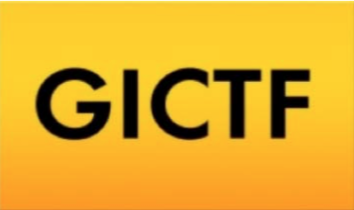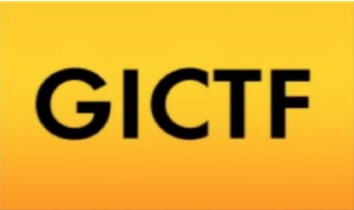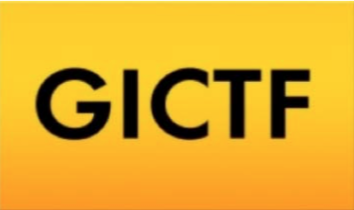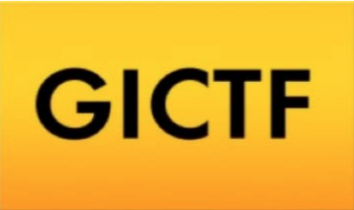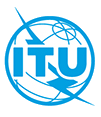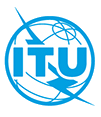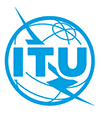Study Group 13 has led ITU's standardization work on next-generation networks and now caters to the evolution of NGNs, while focusing on future networks and network aspects of mobile telecommunications.
Broadly speaking, next-generation network (NGN) refers to the worldwide move from circuit-switched to packet-based network. The migration to NGNs has reduced service providers’ CAPEX and OPEX costs and enabled the rollout of a rich variety of services. As is common practice in ITU-T, reduced energy consumption was a priority addressed early in the development of NGN standards and in this respect NGNs have proven far superior to traditional networks.
NGNs have been critical to fixed-mobile convergence (FMC) and telecom-broadcasting convergence exemplified by such innovations as Internet Protocol Television (IPTV). NGNs are also underpinning the convergence of ICT and other industry sectors, such as the automotive industry in support of intelligent transport systems (ITS). SG 13 will continue studying NGN evolution; standardizing enhancements to NGNs as new services and applications emerge.
Today, SG13 focuses on future networks (FNs) – networks of the future beyond NGN – expected to enjoy early realization sometime around 2020 in prototyping or phased deployments. The group is standardizing FNs with the objectives of service, data, environmental and socio-economic awareness. This study resulted in the completion of standardization efforts to support network virtualization, energy saving for FNs, and an identification framework. Future plans are to develop different facets of the smart ubiquitous network, requirements of network virtualization for FNs, framework of telecom SDN (software-defined networking) and requirements of formal specification and verification methods for SDN.
Cloud computing is an important part of SG13 work and the group develops standards that detail requirements and functional architectures of the cloud computing ecosystem, covering inter- and intra-cloud computing and technologies supporting XaaS (X as a Service). This work includes infrastructure and networking aspects of cloud computing models, as well as deployment considerations and requirements for interoperability and data portability. Given that cloud computing relies on the interplay of a variety of telecom and IT infrastructure resources, SG13 develops standards enabling consistent end-to-end, multi-cloud management and monitoring of services exposed by and across different service providers’ domains and technologies.
SG13’s standardization work also covers network aspects of the Internet of Things (IoT), additionally ensuring support for IoT across FNs as well as evolving NGNs and mobile networks. Cloud computing in support of IoT is an integral part of this work.
The group also looks at network aspects of mobile telecommunications. This work includes IMT-2000 and IMT-Advanced (ITU-R standards commonly referred to as 3G and 4G, respectively); wireless Internet; mobility management; mobile multimedia network functions; internetworking; and enhancements to existing ITU-T Recommendations on IMT.

